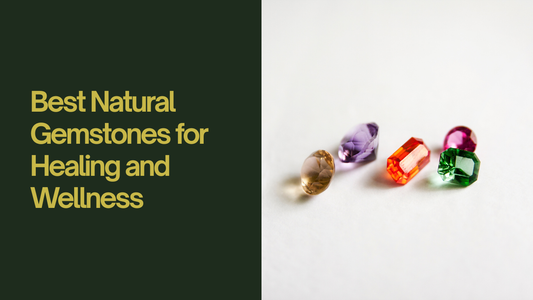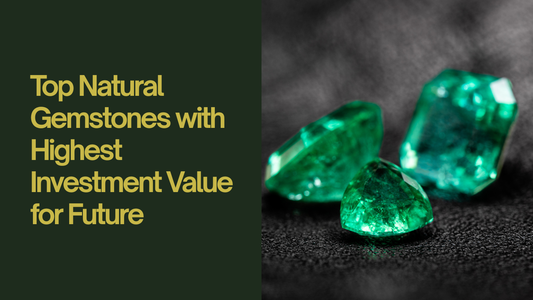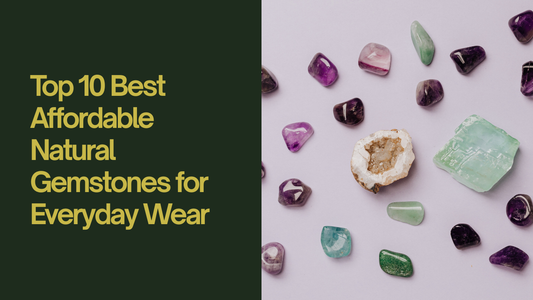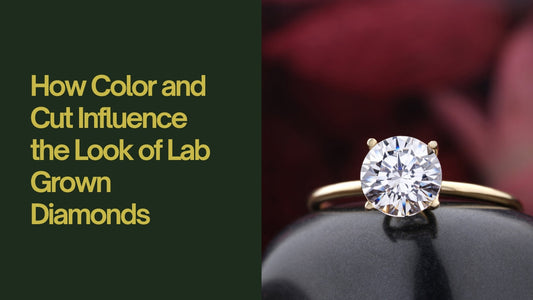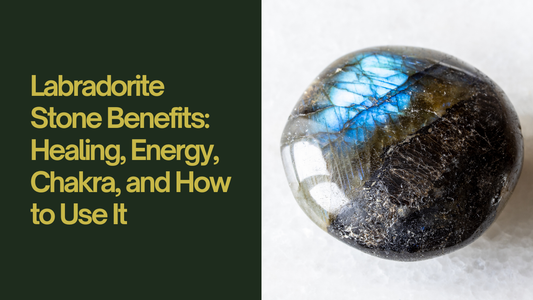
Why Does Alexandrite Change Colors? A Deep Look at Its Secret Chemistry
Alexandrite stone is a rare and magical gemstone that can change colors. In sunlight, it looks green or bluish-green, but under warm indoor lights, it turns red or purplish-red. This amazing effect makes Alexandrite one of the most special gemstones in the world. But how does it change colors? The answer is hidden in its chemistry and the way it reacts to different types of light. Let's take a deep look into the science behind Alexandrite’s color-changing magic in the easiest way possible!
What Is Alexandrite?
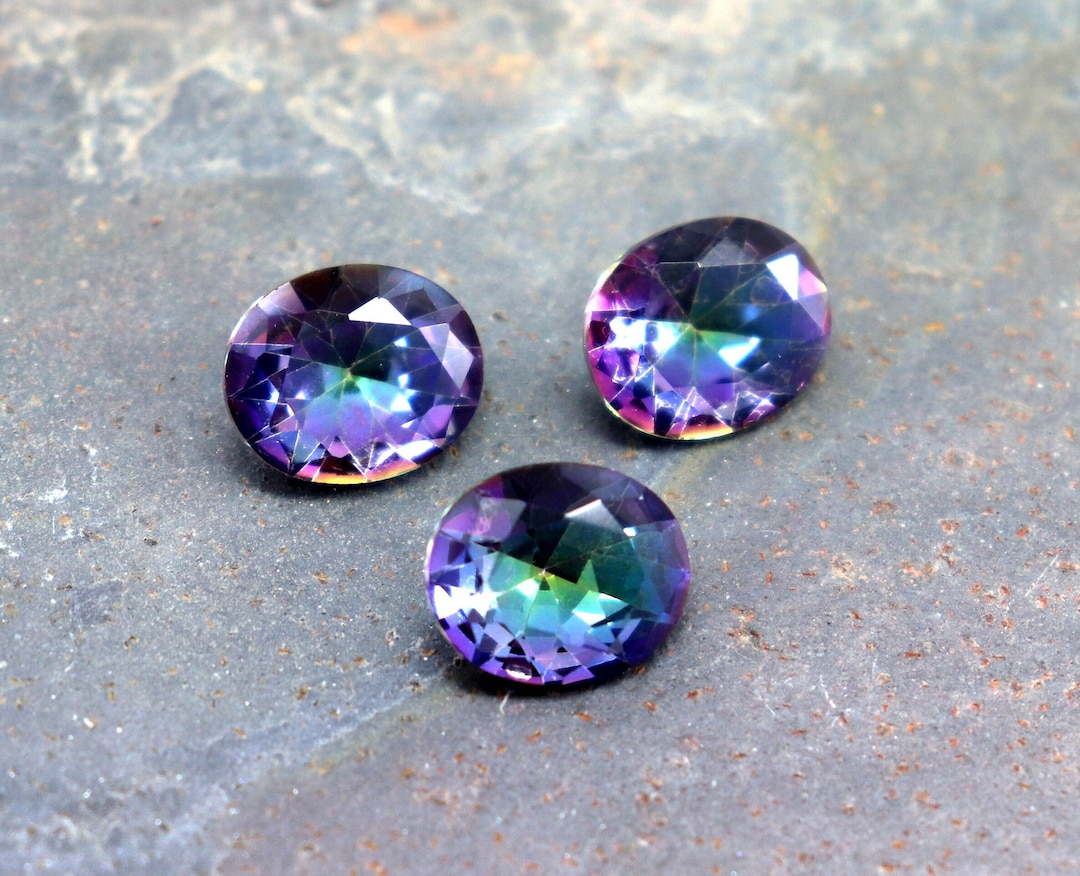
Alexandrite is a special type of chrysoberyl, which is a mineral made of beryllium, aluminum, and oxygen. Its scientific formula is BeAl₂O₄. However, what makes Alexandrite different from regular chrysoberyl is the presence of chromium. This tiny amount of chromium is what makes Alexandrite capable of changing colors.
Most gemstones stay the same color no matter what light they are in. But Alexandrite is different. The way its atoms interact with light allows it to absorb some colors and reflect others, making it appear green in daylight and red in artificial light.
The Role of Chromium in Color Change
Chromium is a very important element inside Alexandrite. In many other gemstones, like emeralds, chromium gives a strong green color. But in Alexandrite, chromium does something even more special.
- The chromium atoms replace some aluminum atoms in Alexandrite’s structure.
- These chromium atoms absorb and reflect light differently depending on the type of light.
- This is what creates the famous color-changing effect of Alexandrite.
Without chromium, Alexandrite would not be able to shift from green to red. The presence of chromium makes this gemstone a true marvel of nature!
How Light Affects Alexandrite’s Color
To understand why Alexandrite changes colors, we must first understand light. Light is made up of many colors. Daylight and artificial light have different amounts of these colors.
-
Daylight (Sunlight)
- Sunlight contains a lot of blue and green light.
- The chromium inside Alexandrite absorbs some of the red colors.
- Because of this, our eyes see Alexandrite as green or bluish-green in sunlight.
-
Incandescent Light (Light Bulbs, Candles, Firelight)
- This type of light contains more red and yellow light.
- The chromium inside Alexandrite absorbs more of the green and blue colors.
- As a result, the gemstone appears red or purplish-red under artificial light.
This means Alexandrite changes its appearance depending on the light source, making it one of the most fascinating gemstones in the world!
What Is the Alexandrite Effect?
The color change in Alexandrite is known as the Alexandrite Effect. This effect happens because of the way chromium atoms absorb and reflect light.
- In natural daylight, Alexandrite absorbs red light and reflects green or blue, making it look green.
- In warm indoor light, Alexandrite absorbs blue light and reflects red, making it look reddish.
This unique effect is very rare in gemstones. There are only a few other gemstones that can change colors, but none are as famous or as beautiful as Alexandrite.
Why Is Alexandrite So Rare?
Alexandrite is very rare because it needs the perfect mix of elements to form. There are three main reasons why Alexandrite is difficult to find:
-
It Requires Chromium
- Chromium is not common in the earth’s crust.
- It must be present in just the right amount to create the color change.
-
It Forms Under Special Conditions
- Alexandrite forms in places where beryllium and chromium exist together.
- These elements rarely appear in the same location, making Alexandrite rare.
-
Not All Alexandrite Shows Strong Color Change
- Some Alexandrite stones have only a weak color shift.
- The best-quality stones show a very clear and dramatic color change.
Because of its rarity, high-quality Alexandrite is one of the most valuable gemstones in the world!
How Can You See Alexandrite’s Color Change?
If you have an Alexandrite stone, you can test its color-changing ability by looking at it under different lights.
- First, look at it outside in the sunlight. It should appear green or bluish-green.
- Then, take it inside and look at it under a warm lamp or candlelight. It should appear red or purplish-red.
- If you move the stone back and forth between different lights, you will see the magical color shift happen right in front of your eyes!
This is what makes Alexandrite such a special and exciting gemstone!
Conclusion
Alexandrite is a gemstone like no other. Its ability to change colors from green in daylight to red in artificial light makes it one of the rarest and most beautiful stones on earth. This magical effect is caused by the presence of chromium and the way it interacts with light.
Because of its uniqueness, Alexandrite is highly valued and treasured by gemstone lovers. If you ever get a chance to see a real Alexandrite, be sure to look at it under different lights to witness its incredible color-changing power!
This special gemstone is truly a wonder of nature, combining science, beauty, and magic in one precious stone!


